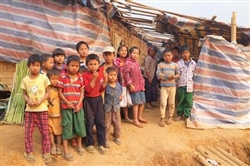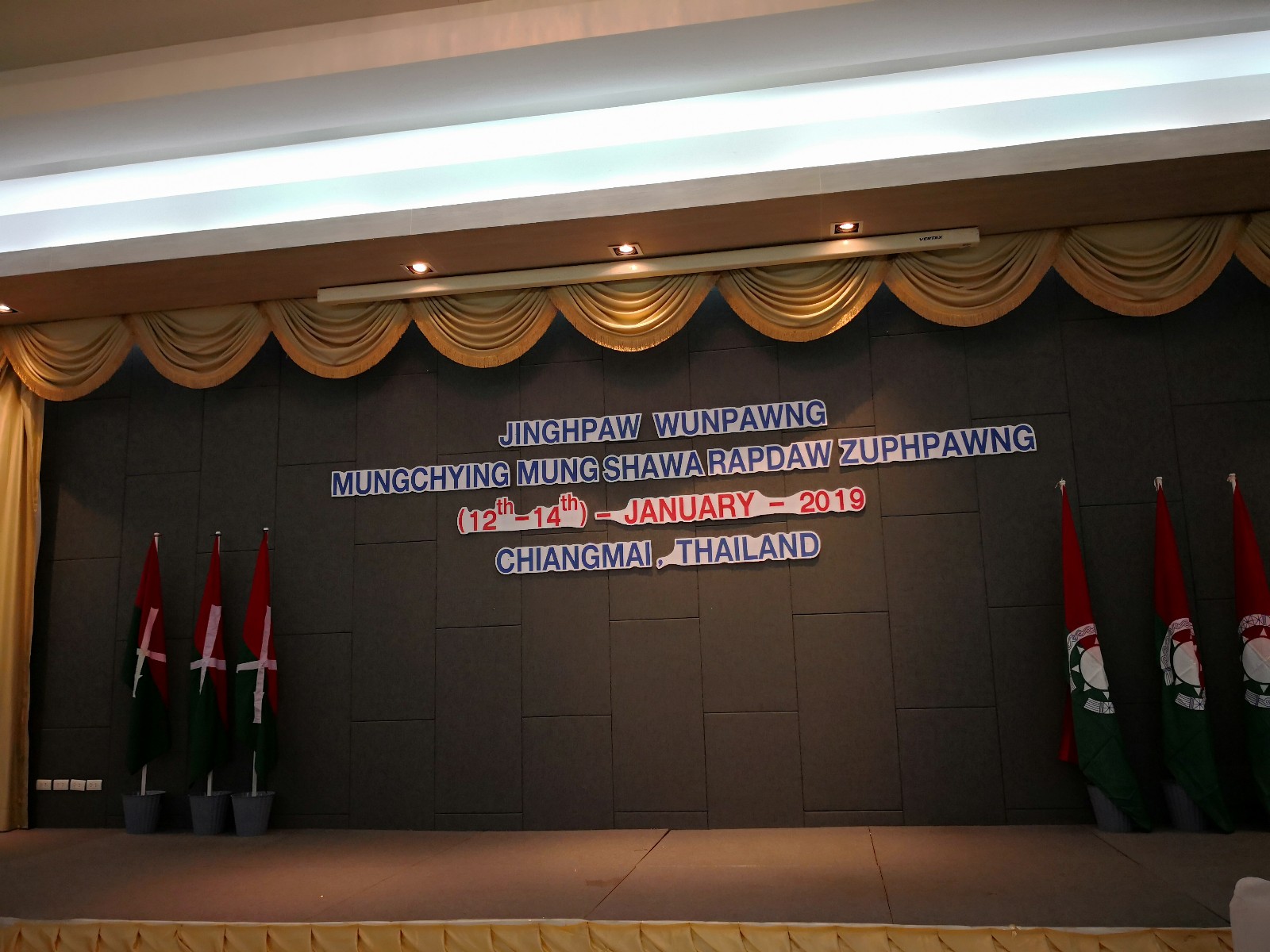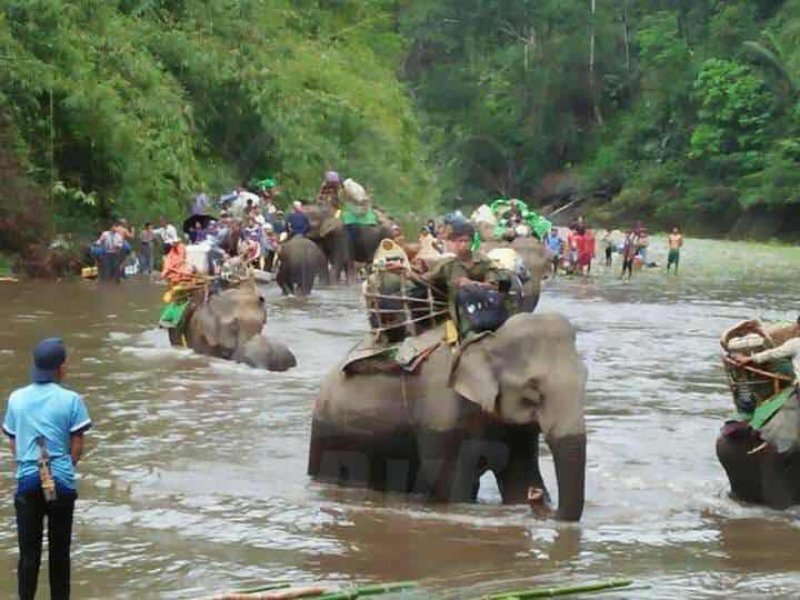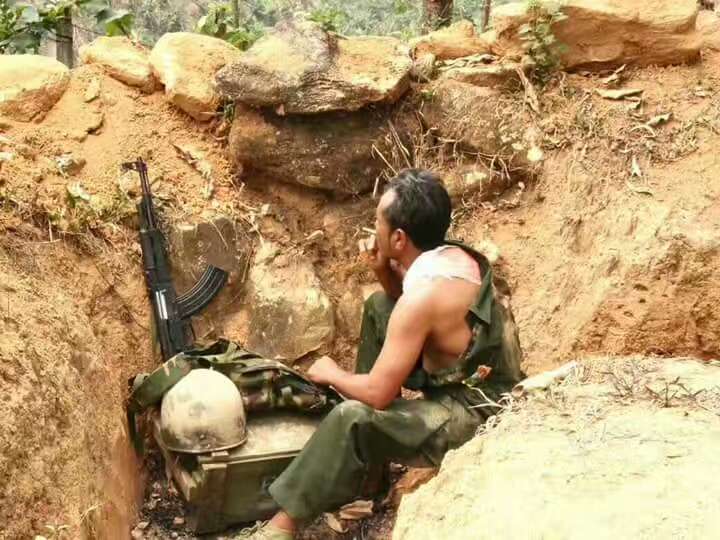印度学者对克缅冲突的解析
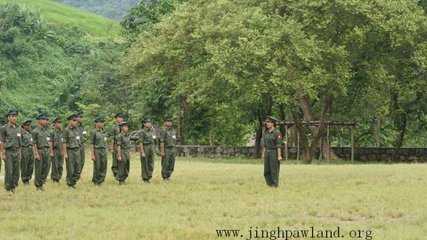
克钦和缅甸长达17年的停火协议宣告终结,这让印度陷入两难境地,尤其是在新德里希望控制东北部叛乱局势的情况下。近年来,印度和缅甸双边关系逐渐实现正常化,很可能促使印度支持缅甸军政府的行动,至少不会反对。事实上,已有部分观察者指出八莫发生的事件有可能是印度向内比都施压的结果,印度令其采取行动镇压克钦独立组织和克钦独立军的武装力量。据报道,克钦独立军资助了多个印度反叛组织,如阿萨姆联合解放阵线和曼尼普尔人民解放军组织,近期的媒体报道暗示同时隶属于阿萨姆联合解放阵线和曼尼普尔人民解放军的新阵营已经出现在该区域。
印度插手克钦和缅甸政府之间的矛盾可能源于印度有自己更宏观的战略考量。尽管印度政府曾与2011年一月10日-11日与支持和谈的阿萨姆联合解放阵线领导人举行过首次会谈,但印度政府实际上还是希望控制和打击位于克钦控制区域的反和谈反叛组织,如阿萨姆联合解放阵线等。1994年克钦独立组织与内比都签订停火协议是因为军政府威胁称如果克钦独立组织不配合政府将武装力量收编到缅甸政府军控制的边防军里,政府将使用武力进行镇压。事实上,印度之所以会面临两难的境地是因为目前情况即提供了机遇也埋藏着危险。
如果印度被视为支持缅甸政府采取措施打击克钦武装的话,将会冒犯到这支缅甸少数民族,并将其推向与印度反叛组织结盟并且不断发动进攻的境地,而印度反叛组织会像过去一样,继续支持克钦武装反抗缅甸政府军。
这样的话,印度东北部的反叛组织将继续保有最后一块阵地,一条通往中国的活跃通道,近期有报道暗示中国已经开始支持类似阿萨姆联合解放阵线和曼尼普尔人民解放军组织之类的反叛组织。缅北持续的战事会让中国很心烦,因为中国不想缅北出现任何冲突,因为有超过200百万之多的中国大陆人定居于此,他们会为躲避冲突逃往中国。中国将这些定居者视为它在缅甸的前哨站,他们不愿意看到这样的局面出现:这些居民因为冲突的缘故不得不被抛弃。2009年,缅甸政府军进攻果敢,导致大量难民涌入云南,中国立场坚定地告诉缅甸军政府必须重塑和平。
中国政府可能采取在处理果敢危机时采用的行动方针,但如果缅甸军政府如果继续打击少数民族武装,也会迫使中国采取军事措施进行干预,尽管干预的方式会比较有限。事实上,在果敢危机期间,中国社会内部大量舆论认为该国的外交政策应该重新考虑,要采取更为强硬的方式处理危机。就像某个组织宣称的那样“中国同胞应该拿起武器反对缅甸,加入中国-果敢联盟。”
如果这样的事情等到应验,对于印度来说后果是极其可怕的。正如上诉所说,印度反叛组织会与中国走得越来越近,中国对这片区域的控制也会越来越强。上诉分析基于两个主要因素。第一,中国政府觉得内比都试图与对中国有敌意的国家,如美国和印度走得越来越近,不会像过去一样俯首帖耳。其次,有报道称美国承诺支持克钦武装,通过克钦浸礼会教堂向克钦武装输送大量资金。那时候,可克钦武装可以用这些钱从佤邦黑市购买军火和武器,更有实力对付缅甸政府军。
(Part 1)The virtual end of the 17 year old ceasefire between Kachin and Myanmar will turn out to be a dilemma for India, particularly in New Delhi’s quest to control the insurgency in the North East. The normalising of ties between India and Myanmar in recent times would, in all probability, require that New Delhi supports the junta’s action, or at least does not oppose it. In fact, certain observers have opined that the events that have unfolded in Bhamo and thereabouts could be a result of Indian pressure on Naypyidaw to act against the military wing of Kachin Independent Organisation (KIO), Kachin Independent Army (KIA). The KIA is reportedly aiding various Indian Insurgent Groups like ULFA and PLA, and recent reports have indicated that new camps belonging to both ULFA and PLA have come up in the area. Indeed, an Indian hand in the Kachin-Myanmar conflict could even be part of a larger Indian strategy to neutralise at least the resurgent anti-talk ULFA billeted in area controlled by the Kachins, even as New Delhi held its first meeting with pro-talk ULFA leaders on 10-11 February 2011. However, the matter is in the realm of speculation at this juncture, and the reason that has been provided for the termination of the ceasefire, which KIO had signed with the Tatmadaw in 1994, is a result of the junta threatening to use force if KIO does not comply with Naypyidaw’s plans to convert KIA into a Myanmar’s army controlled Border Guards unit.Indeed, the dilemma that India would be faced with is because the present situation poses both a danger and an opportunity. The danger stems from the fact that if India is seen to be supporting punitive action against the Kachins, it would offend the ethnic group (which is estranged in any event), leading them to become even more belligerent in their alliance with the Indian Insurgent Groups, which would then—as they have in the past—support them against the Myanmar army. The North East insurgents would, thereby, continue to have one last island left, and an active conduit to China, which as recent reports suggest have already begun to support groups such as ULFA and PLA.Also, the ongoing conflict may upset China which does not want conflict in northern Myanmar where more than two million mainland Chinese have settled, and who may now flee to China as a result of the conflict. China perceives the Chinese settlements in the area as their outposts in Myanmar and would not countenance a situation which might result in these having to be abandoned. Indeed, in 2009 when the Myanmarese army attacked the Kokangs, resulting in a deluge of refugees to Yunnan, China firmly told the junta to restore peace. The course of action that China might take could be the same as it took during the Kokang crisis. But, it may also lead it to intervene militarily—in however limited a way—were the junta to continue to act against the ethnic militias. Indeed, during the Kokang crisis there was considerable public opinion inside China to reconsider the country’s foreign policy and act more forcefully, even it meant, as one group asserted that “Chinese compatriots should take up arms against Myanmar and join a “Chinese-Kokang Alliance.” If such an incident were to come to pass, the consequence would be dire for India as the Indian Insurgent Groups, as aforesaid, may actually get closer to China, whose control over the area would become stronger. A response of the sort that is being analysed stems from two primary factors. First, Beijing feels that Naypyidaw is attempting to get closer to forces inimical to China like the United States and India, and may not be amenable to its diktats as in the past. Secondly, there are reports that the United States has promised help to the Kachins by way of considerable amount of money that is to be routed through the Kachin Baptist Church. The Kachins can then utilise the money to purchase weaponry from the Wa run black market and take on the Myanmarese army with greater strength. Article by - Jaideep Saikia (Senior Fellow, VIF)]文章作者:Jaideep Saikia (高级研究员,VIF)


jinghpawland.com
请扫描左边的黑白二维码图片,即可识别关注“景颇大地”公众号


